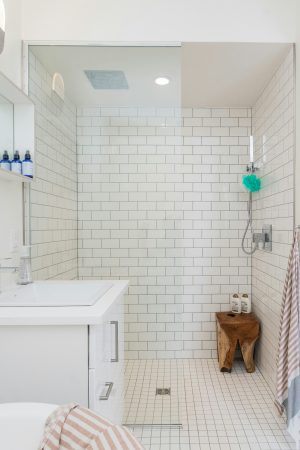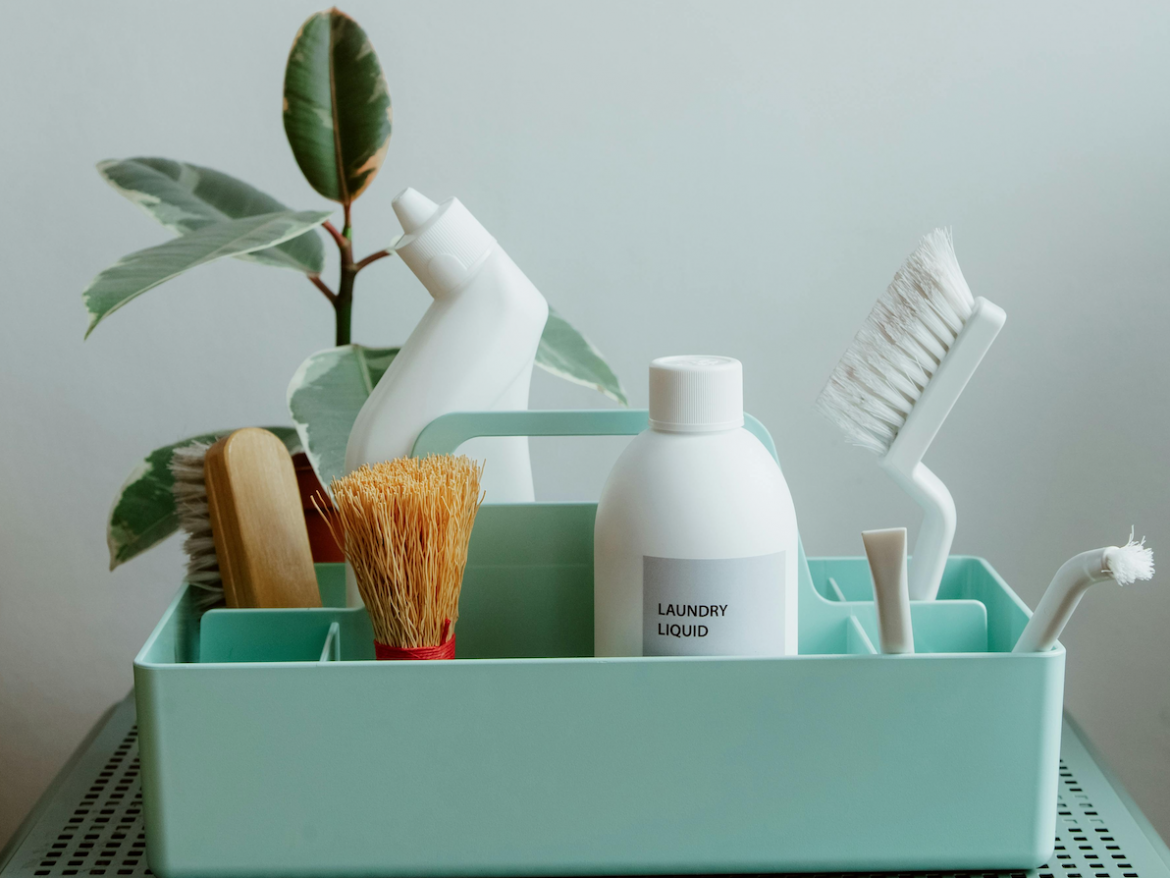No matter how much you tidy up, homes are hotspots for germs, bacteria, and even viruses. With around 9,000 types of germs hanging out in the average household, particularly in moisture-prone areas like the kitchen and bathroom, it’s essential to know when to replace common household items to maintain cleanliness and safety.
Your kitchen sponge is likely dirtier than a toilet seat, and according to a German study, even after microwaving or boiling, it can still harbour dangerous bacteria. Toothbrushes, often covered in bacteria, saliva, and oral debris, need replacing regularly, too.

Pexels
Consumers in the US were surveyed about their habits regarding swapping out bacteria-laden items like kitchen sponges and toothbrushes. Turns out, an alarming number of people aren’t replacing these items often enough, potentially putting their health at risk.
According to the survey, 8 out of 10 Americans don’t replace kitchen sponges weekly as recommended. More than half wait a month or more (59%) to replace kitchen sponges. 12% of Americans can’t recall the last time they replaced their toothbrush, and 21% wait six months or more.
When you avoid replacing items, especially those that are frequently in use, you run the risk of affecting your health. Here’s a room-by-room guide for when to replace common household items to keep your home germ-free:
Kitchen and pantry
- Kitchen Sponge: Replace weekly.
- Water Filters: Every two months.
- Spices: Ground spices every six months, whole spices every three to five years.
- Cookware: Every five years.
Bathroom and medicine cabinet
- Toothbrush: Every 2–3 months.
- Toilet Brush: Every six months.
- Hand Towels and Towels: Every two years.
- Shower Liners: Once or twice a year.
- Bath Toys: Clean weekly.

Unsplash
Bedroom and cupboard
- Sheets: Every two years.
- Mattress: Every 10 years.
- Pillows: Every 1–2 years.
- Bras and sports bras: Every year.
- Running shoes: Every 500-700 km.
Living room and garage
- Cleaning Rags: Every month.
- Air Filter: Every month.
- Yoga Mat: Every year.
- Vacuum Bag: Every six months.
- Smoke Detector: Every 10 years.
By replacing these items regularly, you can maintain a cleaner and safer living environment for you and your family.
ALSO SEE:
Feature Image: Pexels

